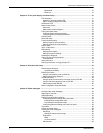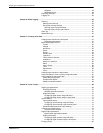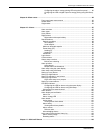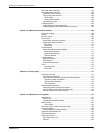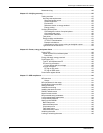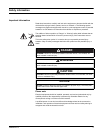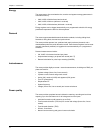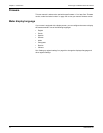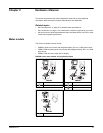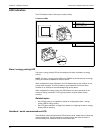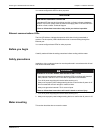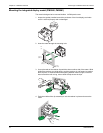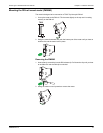
12 HRB1684301-01
Chapter 1—Introduction PowerLogic™ PM5500 series user manual
Energy
The meter stores all accumulated active, reactive and apparent energy parameters in
nonvolatile memory:
• kWh, kVARh, kVAh delivered and received
• kWh, kVARh, kVAh net (delivered - received)
• kWh, kVARh, kVAh absolute (delivered + received)
Energy registers can be logged automatically on a programmed schedule. All energy
parameters represent the total for all three phases.
Demand
The meter supports standard demand calculation methods, including sliding block,
fixed block, rolling block, thermal and synchronized.
The meter provides present, last, predicted and peak (maximum) demand, and a
date/timestamp when the peak demand occurred. Peak demand registers can be reset
manually (password protected) or logged and reset automatically on a programmed
schedule.
Demand measurements include:
• kW, kVAR, kVA demand total and per phase
• Amps demand average, per phase and neutral (4th CT)
• Demand calculation for pulse input metering (WAGES)
Instantaneous
The meter provides highly accurate 1-second measurements, including true RMS, per
phase and total for:
• 3-phase voltage (line-to-line, line-to-neutral)
• 3-phase current, neutral and ground current
• Active (kW), reactive (kVAR) and apparent (kVA) power
• True PF (power factor)
• Displacement PF
• System frequency
• Voltage (line-to-line, line-to-neutral) and current unbalance
Power quality
The meter provides complete harmonic distortion metering, recording and real-time
reporting, up to the 63rd harmonic for all voltage and current inputs.
• Individual harmonics (odd harmonics up to 63rd)
• Total harmonic distortion (THD, thd) for current and voltage (line-to-line, line-to-
neutral)
• Total demand distortion (TDD)
• K-factor, Crest factor
• Neutral current metering and ground current calculation



